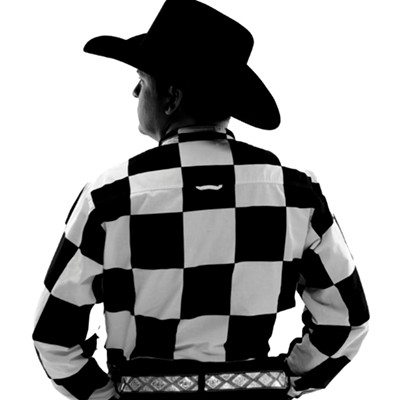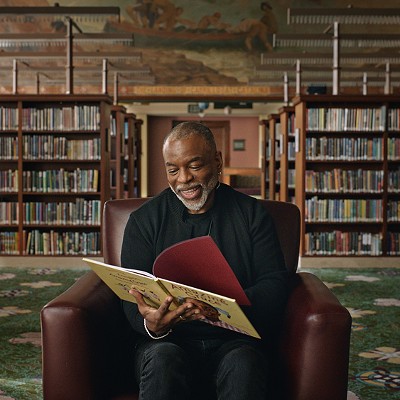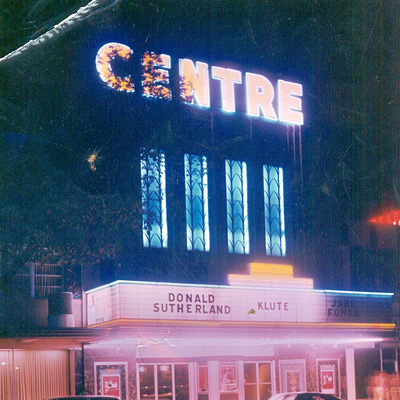Art heists don't always have to involve cat burglars, as the documentary "The Art of the Steal" shows. In this case, it just takes a few politicians and their well-placed, well-monied friends.
With a fortune earned by inventing a drug used to fight venereal disease, Dr. Albert Barnes amassed arguably the world's greatest collection of modern and post-impressionist art, largely by buying the works before its painters "? Picasso, Matisse, etc. "? became enormously famous. He not only admired the artists, but hung out with them.
Philadelphia's hoity-toity society found Barnes' collection not up to their standards, so his response was to deny them access; only students of his Barnes Foundation art course could get in. When the rest of the art world caught up to the good doc's tastes, Philly's wealthy sector turned against him because he wouldn't show his works publicly. He argued he wasn't a museum; the works were his to do with as he pleased.
His will made it clear that at no point were they ever to be sold, loaned or otherwise moved from The Barnes Foundation. After he died, however, a mere legal document didn't stop a few conniving movers and shakers from changing it piece by piece in order to get their grubby hands all over his collection, whose estimated worth is somewhere in the neighborhood of $25 billion. Yes, with a B.
Telling both sides of the story via on-camera interviews, director Don Argott ("Rock School") clearly delineates decades worth of backhanded moves and political shenanigans that became the scandal of the art world. Just when you think a lower move couldn't be made, boom. This is fascinating stuff, rife with suspense, and all without a single broken window, guard dog or black mask. This theft occurred in open daylight, making it all the more tragic. "?Rod Lott









